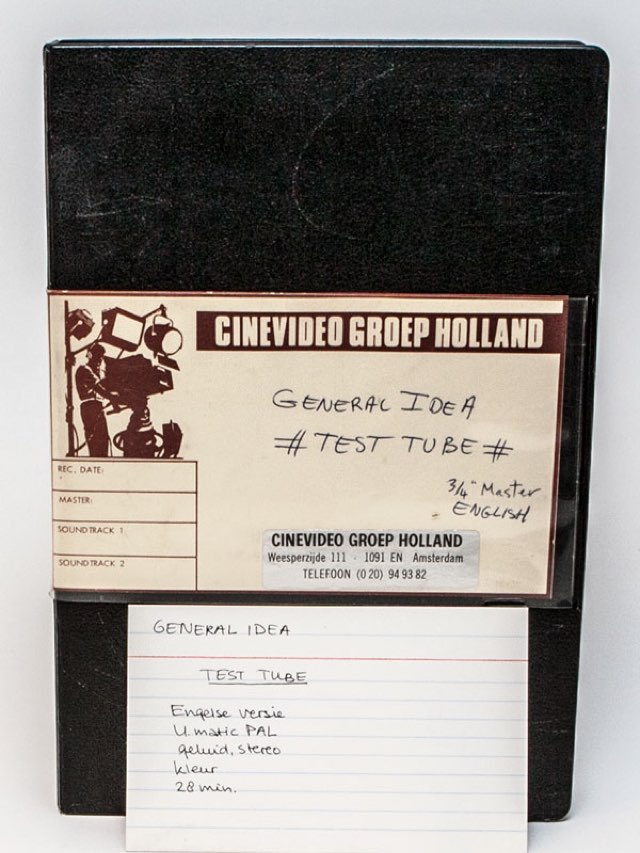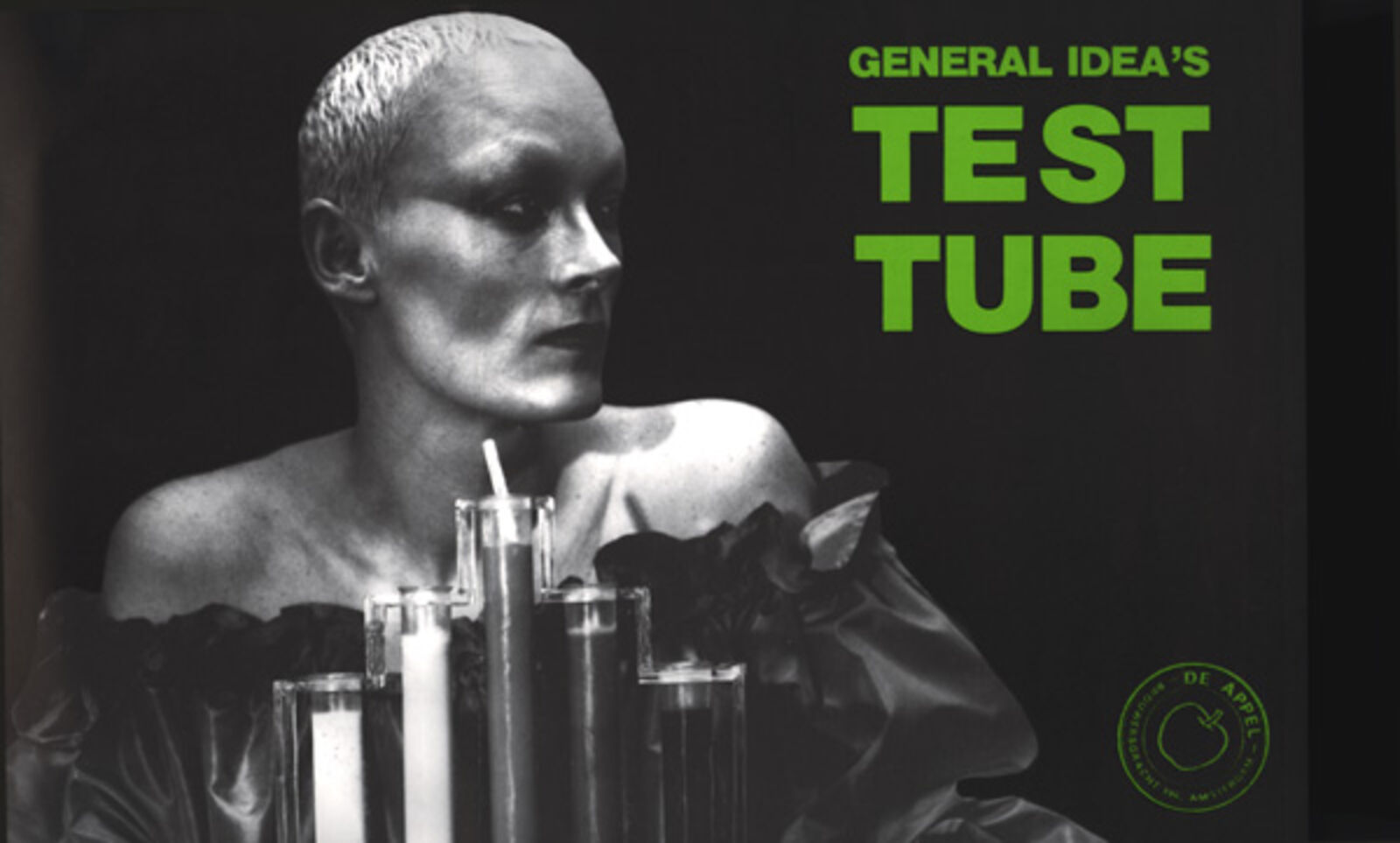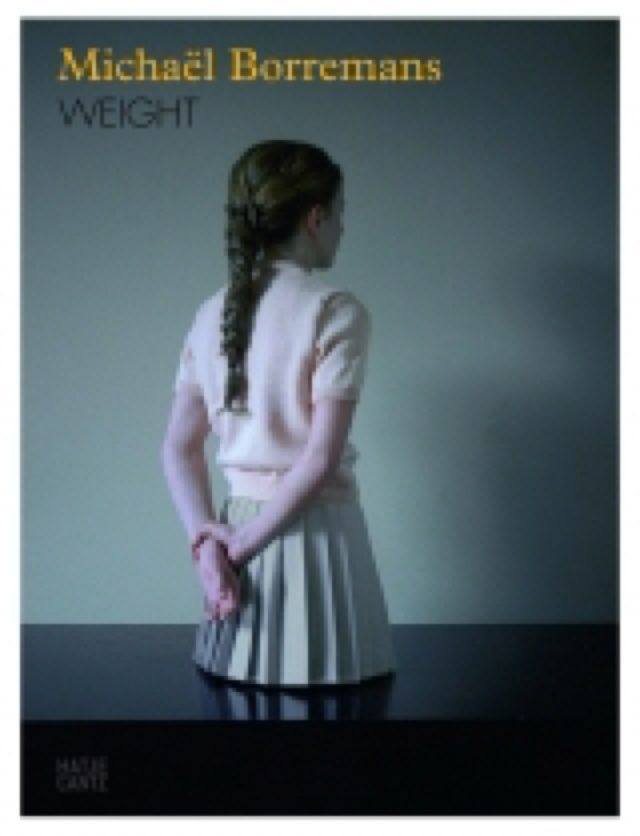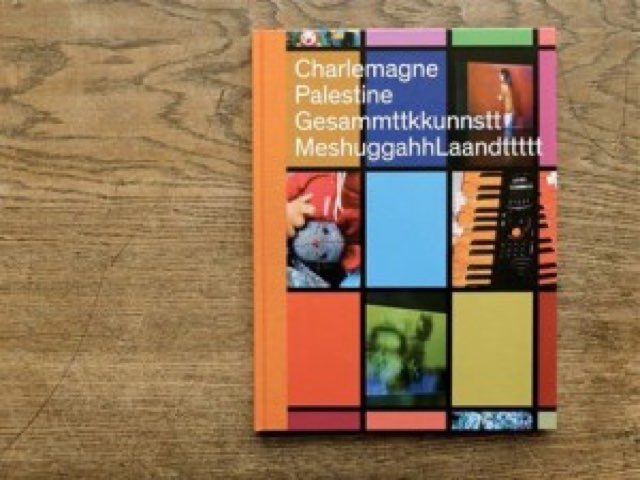General Idea – Test tube
General Idea – Test tube, 00:28:12
- Type
- Video/Film
- Artist
- Marina Abramovic, Raùl Marroquin, Tom Puckey, General Idea, Jorge Zontal, AA Bronson, Felix Partz, Louwrien Wijers, Marianne van Kersen, Bob de Buy, Robert Handforth, Bill Pinko
- Recording
- de Appel, Amsterdam
- Publisher
- de Appel, Amsterdam
- Code
- 197935-VIDEO-001
- Details
- 00:28:12, English
mp4, mpg, colour
Description
The video reproduces the forms of a sitcom, a commercial and a current affairs programme. General Idea refers to an issue of artists’ position in the conditions of developing mass media. They are convincing the artists to increase the` awareness of their media environment in order to adapt it to their own needs and make the maximum use of it.
MOMA New York:
1979. Canada. Directed by AA Bronson, Felix Partz, Jorge Zontal. Produced for television broadcast by de Appel, Amsterdam. In 1979, we were invited to Amsterdam by de Appel to produce the first of a series of artists’ made-for-television videos. The Stedelijk Museum gave us a small studio, as well as our first museum exhibition. We lived there for three months, meeting the local artists, many of whom (Marina Abramović, for example) made cameo appearances in the finished video. Test Tube used the language of television, including the visual formats of talk show, soap opera and so on, but also the chromatic language of television, to construct a portrait of the artist. Portending the future, Test Tube presented the artist in a context of the marketplace: dealers, sales, museum shows, and Documenta. Dutch television refused to air the completed work, because it “looks too much like television,” but it went on to be broadcast in Spain, Switzerland, Canada, and the U.S. 28 min.



